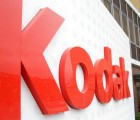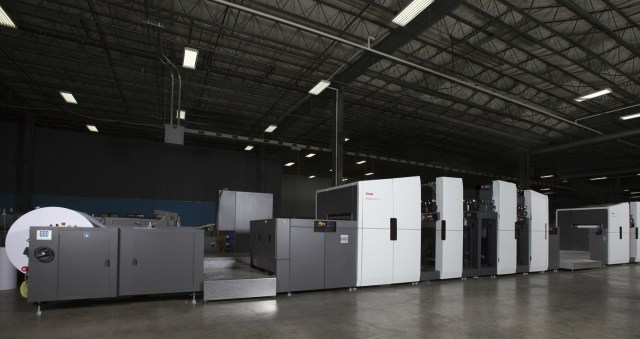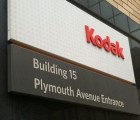
The 131-year-old company has obtained a fully-committed, US$950m debtor-in-possession finance facility for the next 18-months from Citigroup. The company believes that it will have sufficient liquidity to operate its business during chapter 11, and to continue the flow of goods and services.
Kodak has also said that its subsidiaries outside of the US will remain unaffected by the filing and the company would continue to honour all obligations to suppliers.
Antonio Perez, CEO of Kodak says, “After considering the advantages of chapter 11 at this time, the Board of Directors and the entire senior management team unanimously believe that this is a necessary step and the right thing to do for the future of Kodak.”
Perez says that since 2003, Kodak has been actively moving away from its traditional operations and taking steps to fully embrace new markets and develop its core digital business.
He says, “Now we must complete the transformation by further addressing our cost structure and effectively monetizing non-core IP assets. We look forward to working with our stakeholders to emerge a lean, world-class, digital imaging and materials science company.”
The business restructure aims to bolster liquidity in the U.S. and abroad, monetize non-strategic intellectual property, fairly resolve legacy liabilities, and enable the Company to focus on its most valuable business lines.
Kodak adds that it has made pioneering investments in digital and materials deposition technologies in recent years, generating approximately 75 per cent of its revenue from digital businesses in 2011.
Perez adds, “Chapter 11 gives us the best opportunities to maximize the value in two critical parts of our technology portfolio. Our digital capture patents, which are essential for a wide range of mobile and other consumer electronic devices that capture digital images and have generated over US$3bn of licensing revenues since 2003; and our printing and deposition technologies, which give Kodak a competitive advantage in our growing digital businesses.”
Pundits have predicted the Chapter 11 filing for weeks and several directors had resigned from Kodak’s board. Last week it announced that it reshaped its business structure, simplifying it in an effort to cut costs, placing a greater emphasis on its transition to a digital base.
The realignment gives it two business units, commercial and consumer, instead of three, where it had divided them into its film and photo paper products, consumer digital imaging and graphic communications, which included printing equipment.
It now sees commercial inkjet presses, workflow software and packaging as the new core for its business future and hopes these sectors will more than double in size by 2013 and account by then for 25 per cent of its revenue, or nearly $US2bn. It hinted late last year that it might run out of cash in a year if it didn’t sell some or all of its 1100 patents, for which it hoped to fetch billions.
Kodak has not mentioned job cuts as part of the bankruptcy protection filing. It employs around 19,000 worldwide; 10 years ago that figure was 70,000.
More information about Kodak’s Chapter 11 filing is available at www.kodaktransforms.com.
Comment below to have your say on this story.
If you have a news story or tip-off, get in touch at editorial@sprinter.com.au.
Sign up to the Sprinter newsletter


